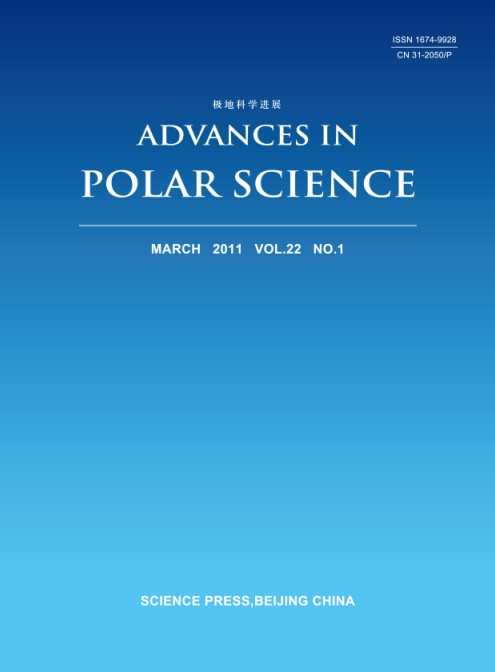GRV 90027 is a Martian lherzolitic shergottites ( L-S) containing poikilitic, non-poikilitic, andmelted pocket components. GRV 99027 is mainly composed of olive ( 55 vol%) and pyroxene ( 37. 5 vol% ), with minormaskelynite ( 6 vol% ) and chromite ( 1. 5 vol% ), and trace white lock ite and troilite, ec.t In this paper, the
mineralogy and petrology of GRV 99027 are reported; in addition, the geochemical characteristics of the REEs and H isotopes in the GRV 99027 are also further investigated. The REE in GRV 99027 is re latively low; HREEs are enriched in olivine and pyroxene grains; LREEs are enriched in plagioclase w ith a high positive Eu anomaly. High REE value is found in rare minera l whitlockite ( less than 0. 2 vol% ), LREE-HREE, and whitlock ite has a negative Eu anomaly. The REE distribution patterns of the whole rock of GRV 99027 is smiilar to but different from that of other LSM artian meteorites, indicating that they came from different location of Mars. GRV 99027 has a high δD value. Different water-bearing minerals give different contribution for δD value. The δD of phosphates generally does not correlate with water content and δD has a weak negative correlation with water content. GRV 99027 can be classified as an L-SM artian meteor ite based on mineralogical assemblage patterns, REE distribution patterns, and hydrogen isotope. The isotope data of Sr, Nd, Pb, Os and REE from other L-SM artianmeteorites were collected to discuss the formation history of the GRV 99027. Simillar to other L-S M artian meteorites, GRV 99027 or iginated from part of Mar' smantle; during one strong mipact event about 4M years ago, the meteorites were ejected from deep mantle into space, and trave led for a different duration in space ( indicated by different cosmic exposure time), and captured by the Earth later in different time, ultmiately falling on the Antarctica as L-SM artianmeteorites.

